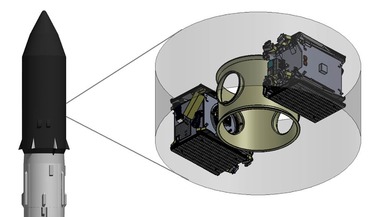 12 March 2018
Satellite-servicing space drones set for launch in 2020
12 March 2018
Satellite-servicing space drones set for launch in 2020
..., the drones could be used for additional tasks such as supporting low Earth orbit (LEO) constellations and active-debris-removal (ADR) missions. The diminutive craft’s longer term uses could also include support for asteroid-mining...
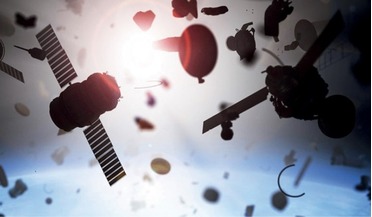 February 2018
Are we asking the right questions about space debris?
February 2018
Are we asking the right questions about space debris?
... of Geophysical Research, Vol. 83, No. A6, 1978. 2 Liou, J.-C., Johnson, N.L. “A sensitivity study of the effectiveness of active debris removal in LEO”. Acta Astronautica 64, 236-243, 2009a. 3 McKnight, D., Di Pentino, F., and Knowles, S., “Massive...
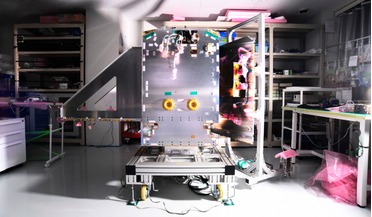 16 October 2019
Astroscale takes next step toward launch of world’s first commercial active debris removal mission
16 October 2019
Astroscale takes next step toward launch of world’s first commercial active debris removal mission
...first commercial orbital debris removal mission to operate in low Earth orbit (LEO), consists of two spacecraft, a Servicer (~180kg) and a Client (~20kg), and will demonstrate dynamically complex capture activities necessary to remove defunct objects...
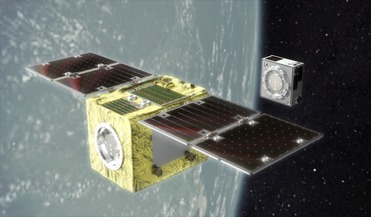 19 March 2021
World's first commercial space debris removal demo set for launch
19 March 2021
World's first commercial space debris removal demo set for launch
... such vast numbers of satellites anticipated, there is a clear market for the removal of unwonted space junk. Aiming to take the lead in end-of-life services and active debris removal is Astroscale, with the aid of the UK government. Last week, the...
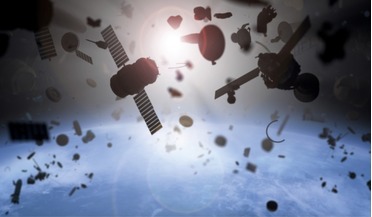 April 2019
Cleaning up space
April 2019
Cleaning up space
...this we envision two broad solutions: End-of-life Services (“Don’t add any more debris to the orbital environment”) and Active Debris Removal (“Bring down large debris objects currently in orbit”). End-of-Life (EOL) services The costs of building and...
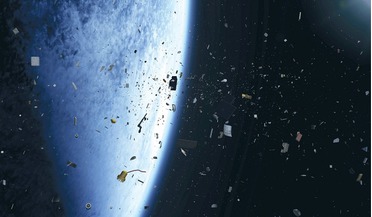 March 2016
Space debris conundrum for international law makers
March 2016
Space debris conundrum for international law makers
... experience gained can then be put towards more effective future international legal instruments on space debris and active debris removal with global support. In so doing, there is an opportunity to collectively create new space law that is suitably...